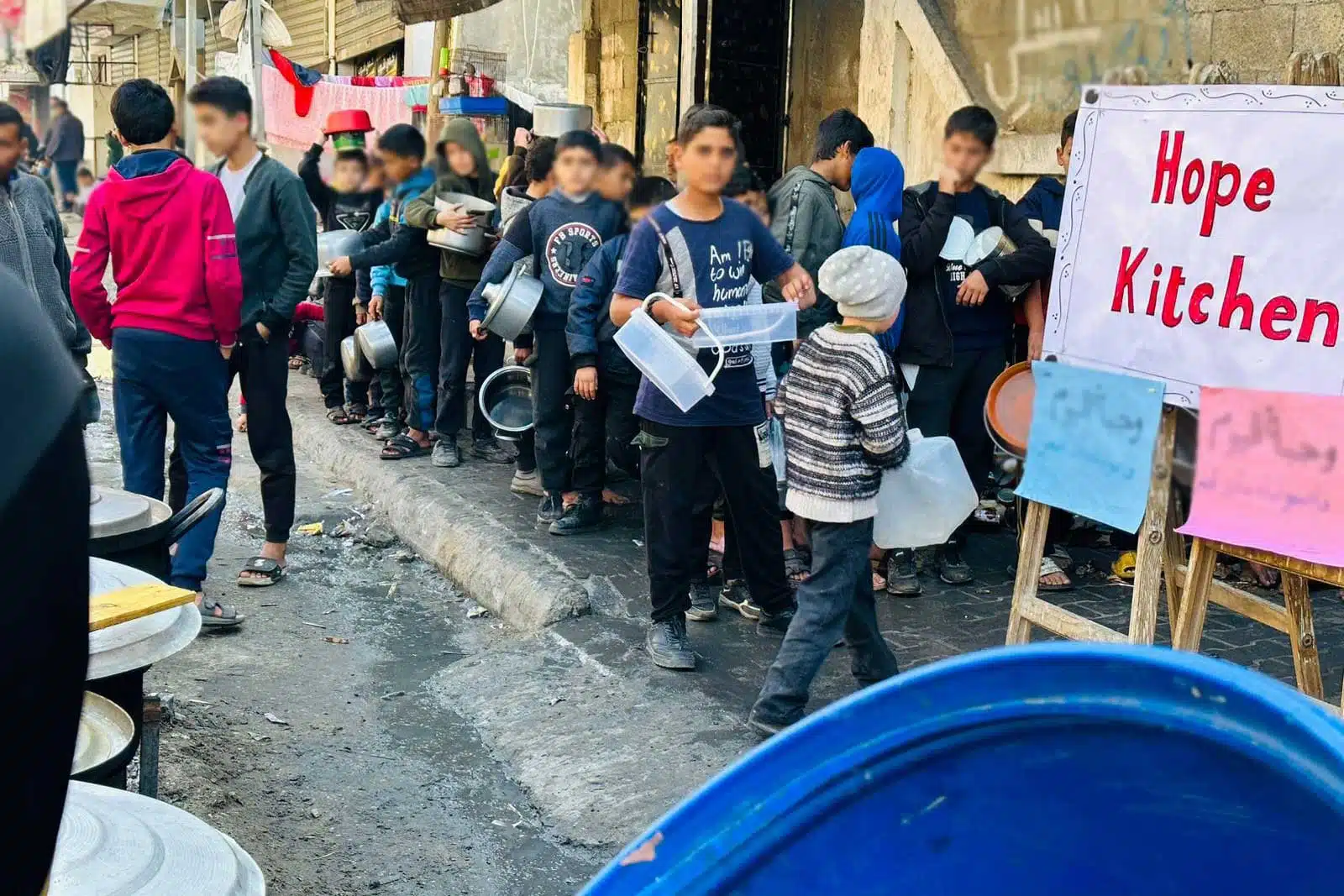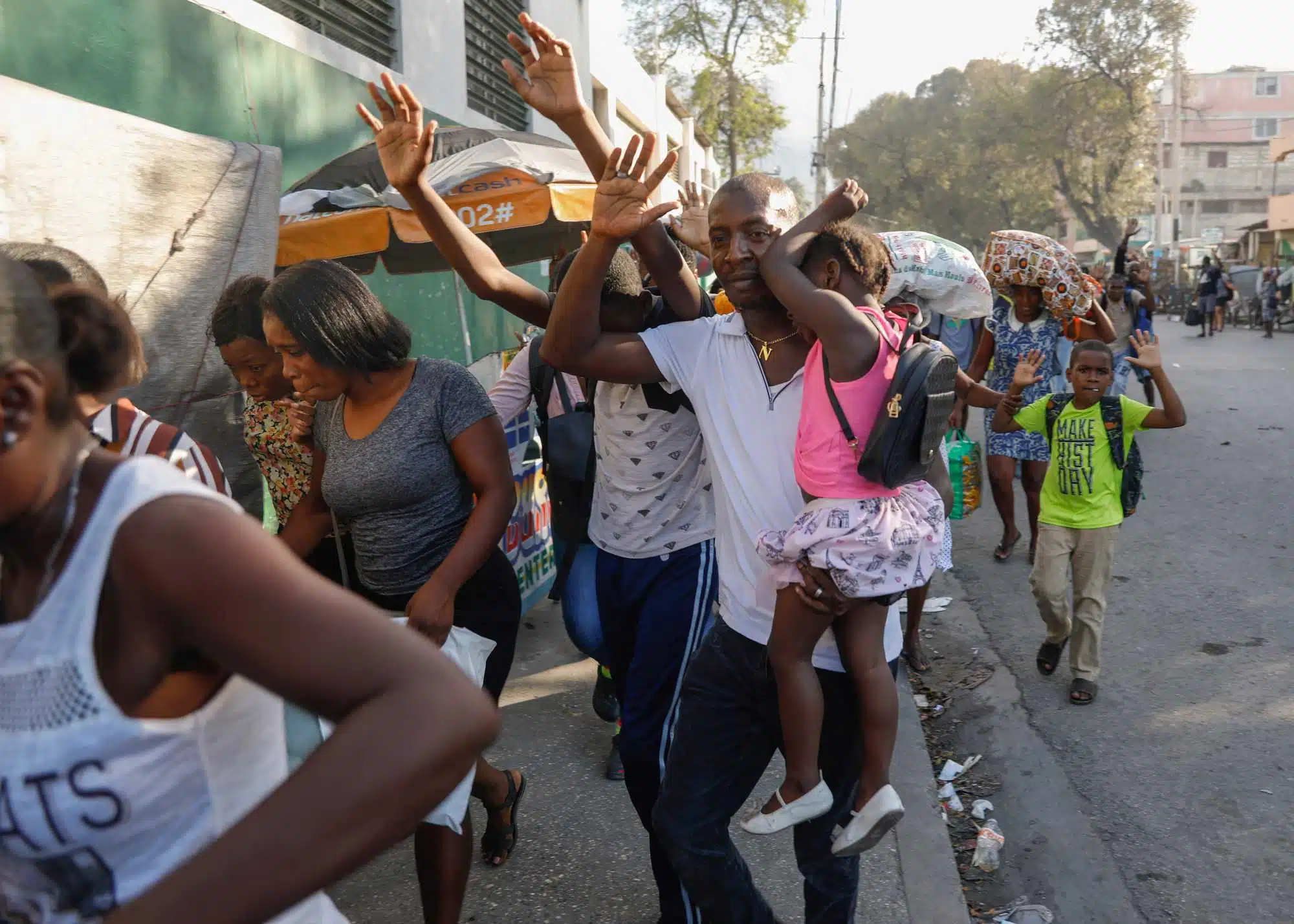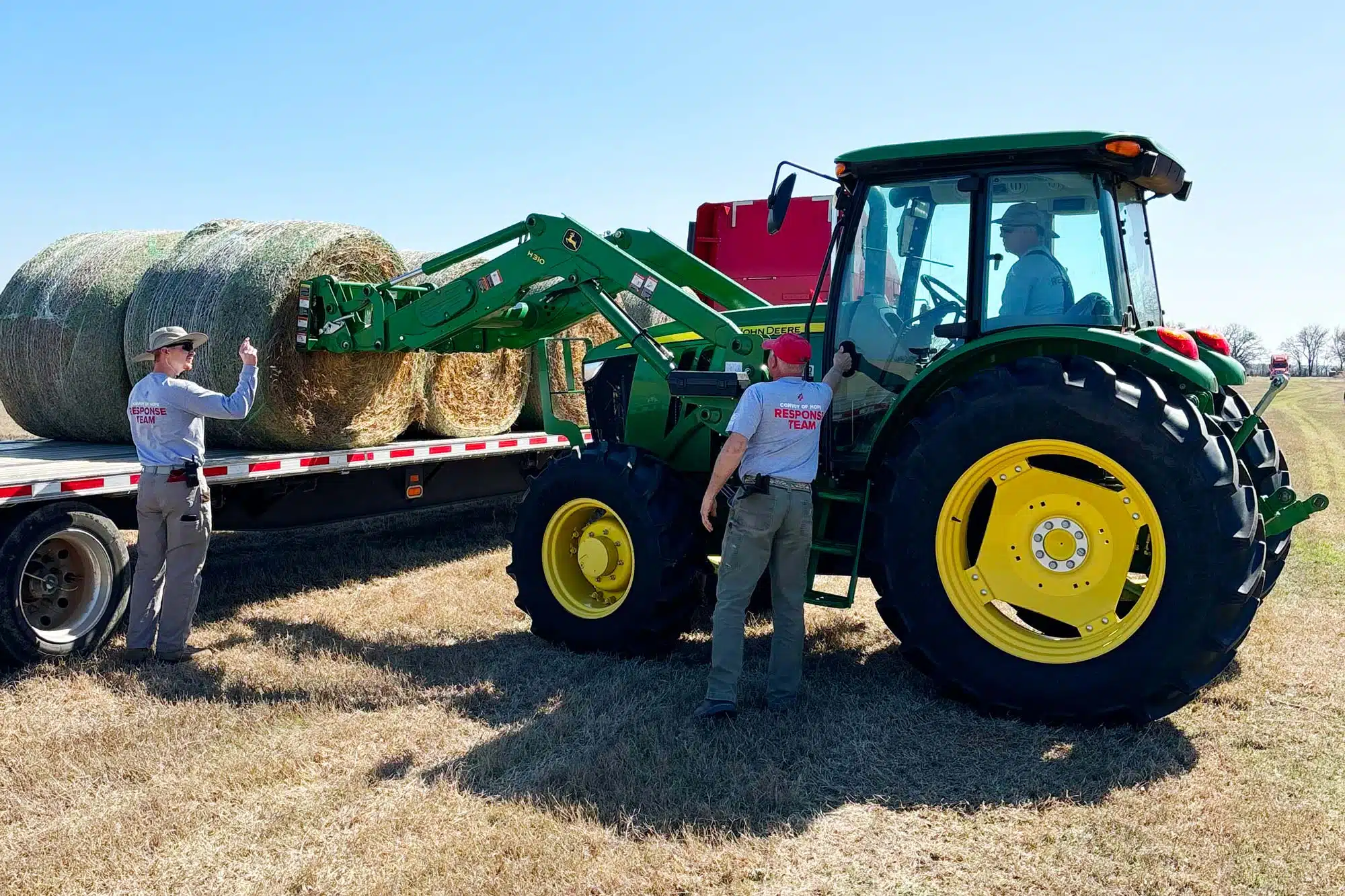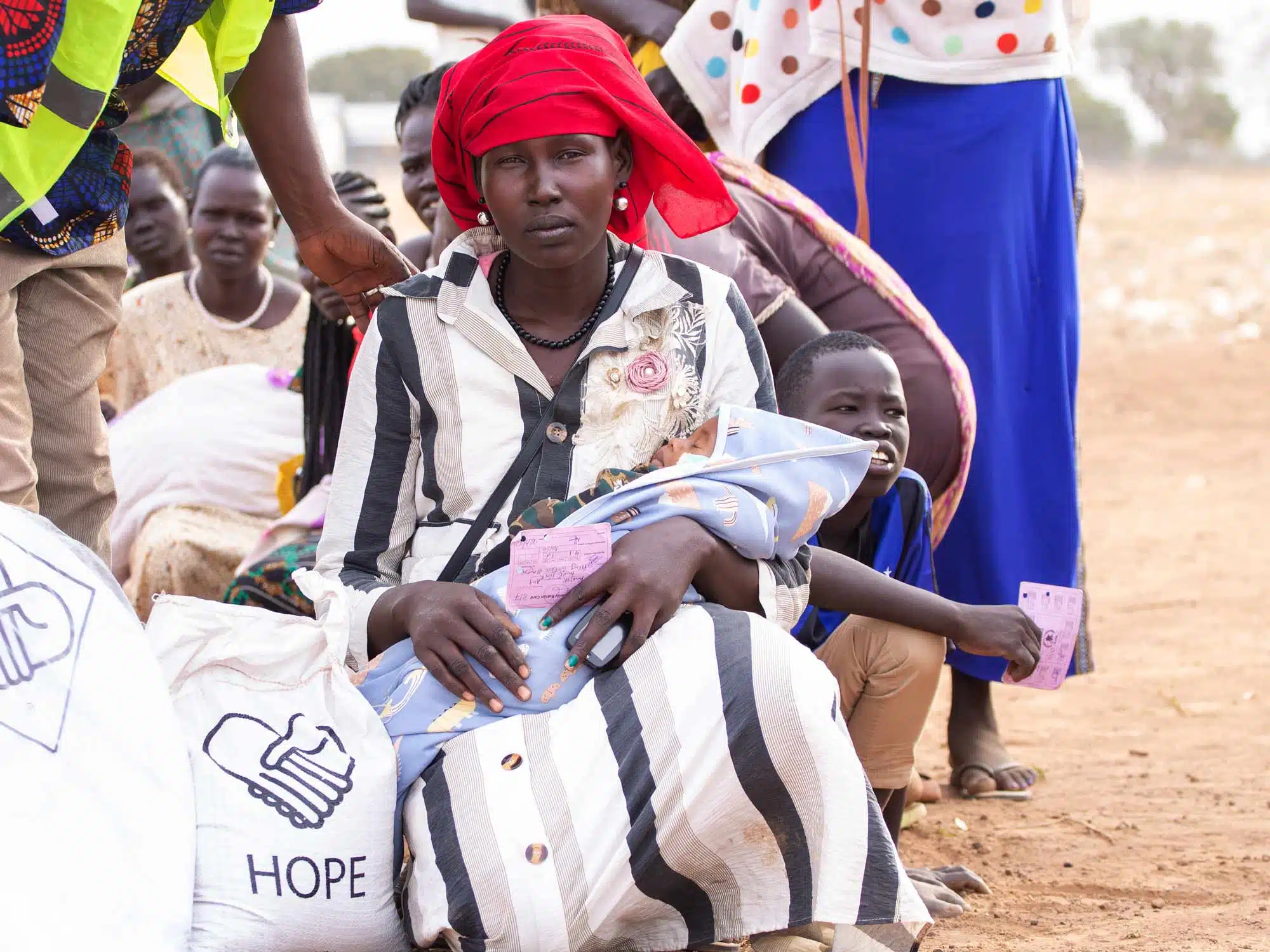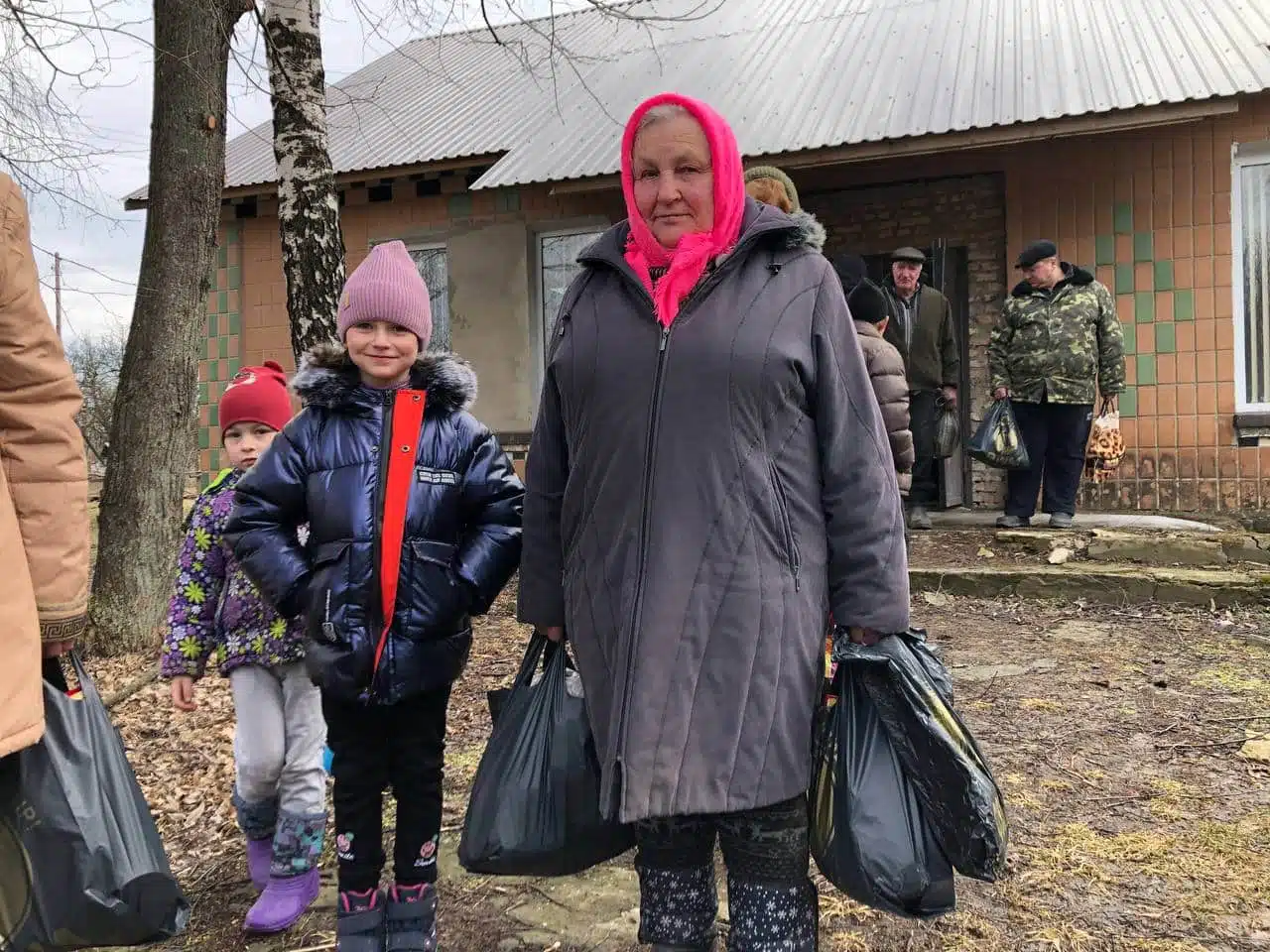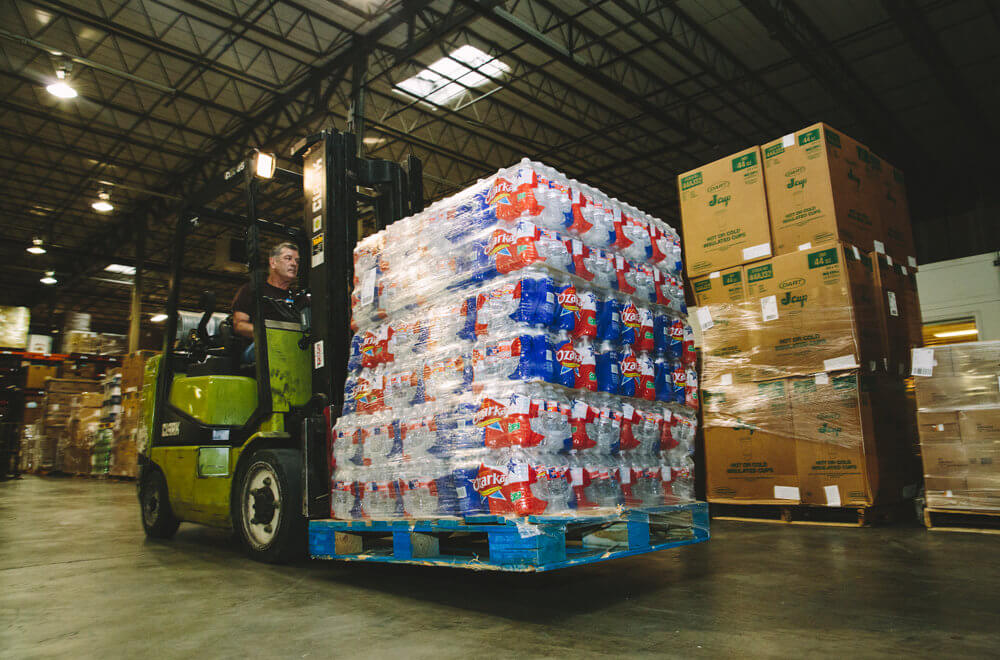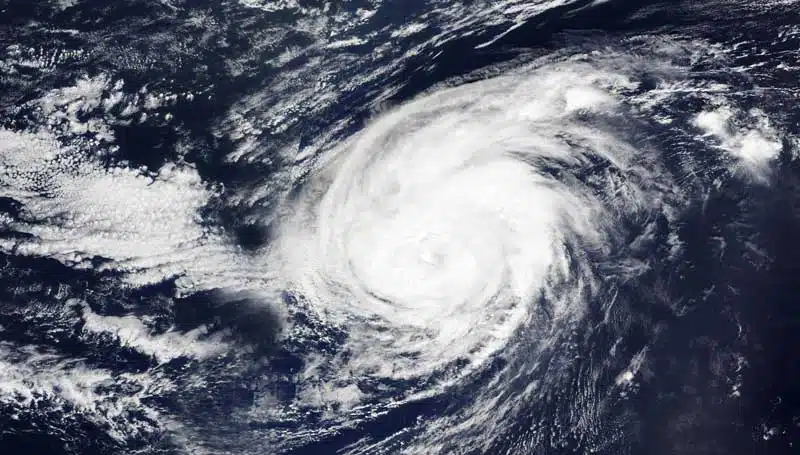With each annual hurricane season, weather hobbyists dive into online research to study the history of named cyclones in their part of the world.
Whenever you hear of a named tropical storm or hurricane during the Atlantic hurricane season, that name comes from one of six official lists maintained and rotated each year by the World Meteorological Organization.
You can see the current lists here.
Kirk is the 11th name on the list for 2024.
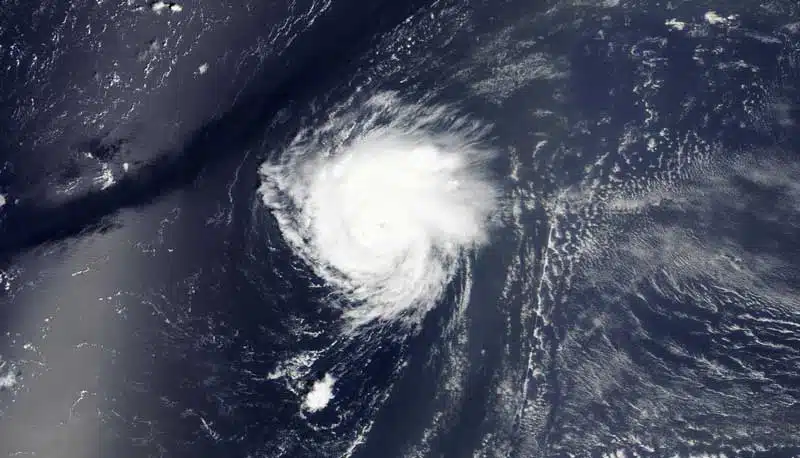
When a hurricane is very destructive, its name is retired.
Because Hurricane Keith caused major damage across Central America in 2000 and killed more than 60 people, Keith was removed from the list that would reappear in 2006, and Kirk became the new name for that 11th slot.
In the years since, Kirk reached hurricane status in 2012 and was a tropical storm in 2018. Since different regions of the world use different lists, you can also look up Typhoon Kirk, a Western Pacific cyclone in 1996 that struck southwestern Japan.
What made the difference between Tropical Storm Kirk and Hurricane Kirk? Wind speed.
- • All named storms are a form of tropical cyclone — a rotating, organized system of clouds and thunderstorms that originates over tropical or subtropical waters and has a closed low-level circulation.
- • Early in a cyclone’s development, as a tropical depression, wind speeds are less than 39 mph. Tropical depressions are not given names but are numbered and tracked in case they grow into tropical storms or hurricanes.
This hurricane season, Kirk’s classification as a tropical storm and the release of its name would happen when its sustained wind speed reaches 39 mph.
If that speed reaches 74 mph, Kirk will be a hurricane.
Always remember, even if a tropical storm never achieves hurricane status, it can pose a threat to lives and property.
If you have followed other “All About” articles on this website, you’ve seen that some tropical storms ended up doing more damage than a hurricane.
That’s a solid reminder to take any named storm seriously if it is headed to your area.
Hurricane Keith, mentioned above, had already weakened and was no longer a hurricane when it made landfall. But it created record rainfall in many areas that resulted in massive and deadly flooding.


The Power of Preparedness
Ensure your family is protected in the face of unexpected challenges with our Disaster Preparedness Guide.
Topics Include:
— Family Communication Plan
— Evacuation Plans
— Care for Pets
— Weather Monitoring
Download Our Disaster Preparedness Guide!
Start your journey to preparedness now and download the guide to learn practical steps for facing any disaster confidently.
"*" indicates required fields
When Was Hurricane Kirk?
With Kirk squarely in the 11th slot on the World Meteorological Organization’s list of scheduled storm names for 2024, you might wonder for other years, “When did Hurricane Kirk hit?” or “What year was Hurricane Kirk?”
The Atlantic’s single Hurricane Kirk was the 11th named storm of 2012.
Where Did Hurricane Kirk Hit?
Hurricane Kirk never posed a threat to land. The storm system stayed in the middle Atlantic through most of its life cycle.
What Category Was Hurricane Kirk?
As a Category 2 storm with peak sustained winds reaching 105 mph, Kirk certainly had the potential to cause serious damage.
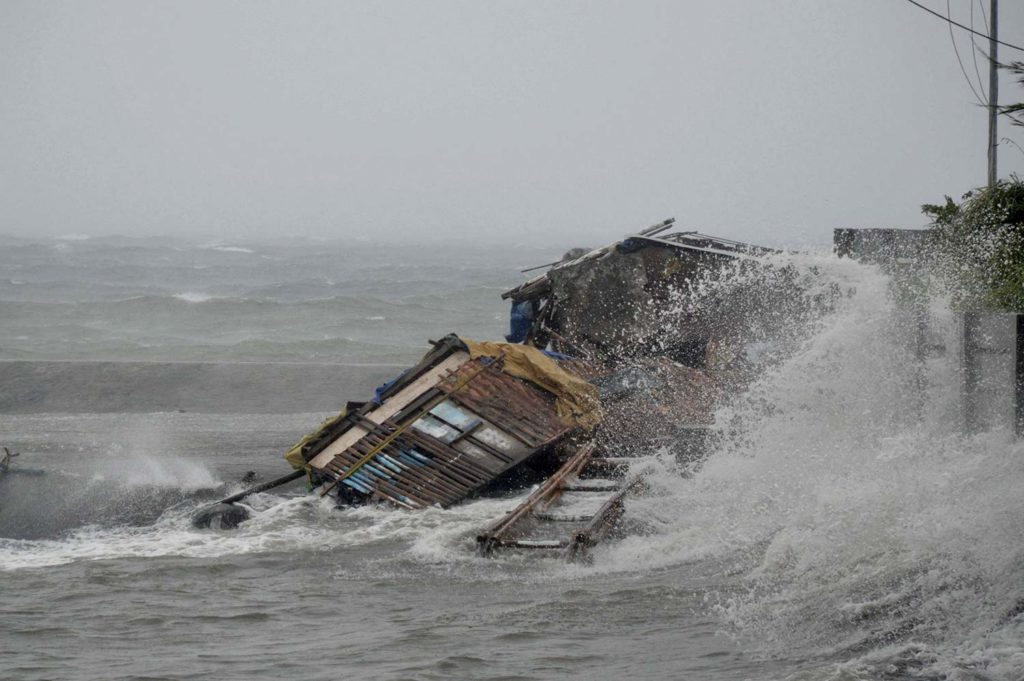
Because it stayed out to sea, that potential was not realized.
What Time Will Hurricane Kirk Make Landfall?
If you research, “What time did Hurricane Kirk make landfall?” in connection with any of the years mentioned, the answers will not help you prepare if Kirk becomes a significant storm in 2024.
It’s wise to stay up to date on weather forecasts and be aware of a specific storm’s estimated landfall if a current storm is predicted to reach your region.
Thanks to satellite and radar imagery, those predictions can be very accurate, giving you plenty of time to prepare. Don’t make the mistake of waiting until the last minute to reach a safe area.
This article will be updated should more details about Kirk become available in 2024.
How Many People Died in Hurricane Kirk?
Although Hurricane Kirk, being well out to sea, did not cause any loss of life, Tropical Storm Kirk in 2018 was connected with two fatalities, fishermen in Caribbean who ventured out to sea during the storm.
What Was the Path of Hurricane Kirk?
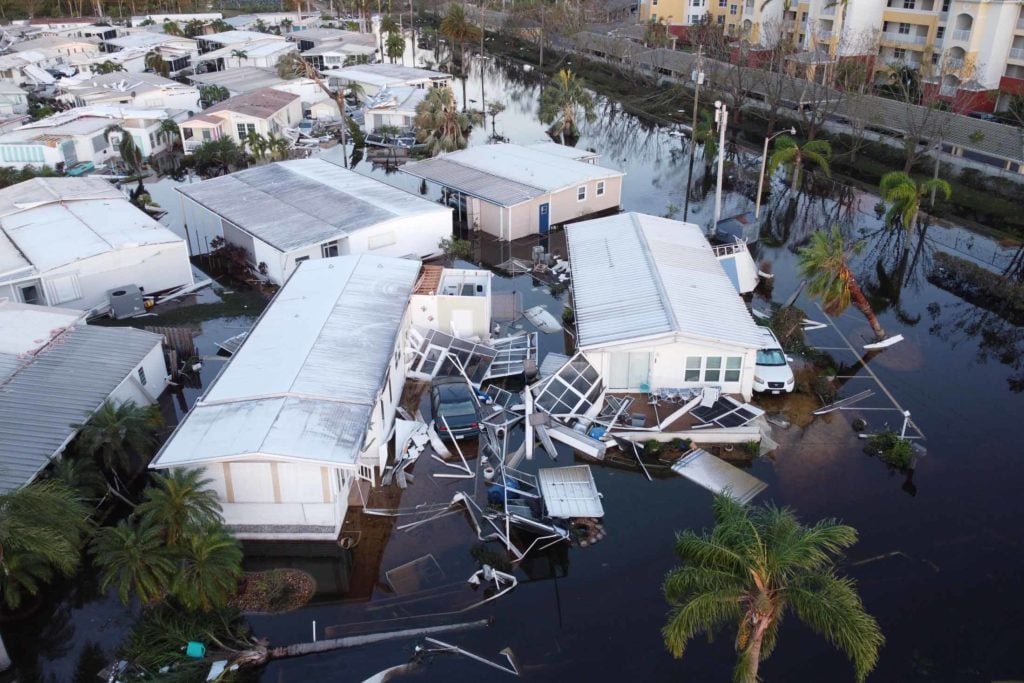
As with the great majority of Atlantic cyclones, Hurricane Kirk’s early development came with a weather system coming off the west coast of Africa.
The system moved slowly westward and began organizing near Cape Verde.
Kirk’s path overall, while transitioning to a tropical storm and then hurricane, resembled a large leaning “L” moving west and then northeast across the Atlantic Ocean.
Convoy of Hope & Hurricanes
Convoy of Hope, a faith-based nonprofit, serves the poor and hungry in dozens of program countries around the world.
Because natural disasters have such a deep and negative impact on communities, Convoy views disaster response as integral to its larger mission.
Food, water, and key necessities quickly become scarce following hurricanes and other disasters.

In 2024, Convoy is celebrating its 30th anniversary. For 26 of those years, Convoy has been responding to communities impacted by storms.
How Convoy Responds to Disasters
- 1. The Disaster Services team at Convoy’s World Distribution Center follows weather updates closely throughout hurricane season.
- 2. Days ahead of a predicted landfall, careful planning pulls together the resources intended for distribution in affected communities.
- 3. Volunteers and team members pack food, water, cleaning supplies, and more before a convoy of trucks heads toward the disaster zone.
- 4. After a hurricane has passed and a community’s needs become clear, one or more distribution points can begin operation.
With the help of local churches and other organizations, volunteers and Convoy team members offload pallets of supplies from semi-trucks and strategically position them across a large parking lot.
Soon, residents are driving by gratefully accepting groceries, bottled water, bags of ice, cleaning supplies, and other resources.
When Hurricane Idalia made landfall in Florida on August 30, 2023, it brought sustained winds of 115 mph.
It created a larger storm surge and higher wind gusts than that part of the Gulf had seen in 125 years. Some areas — like the island city of Cedar Key — experienced a 9-foot storm surge.
As Hurricane Ian made landfall in Florida on September 28, 2022, Convoy deployed supplies & relief teams to help. Learn more about Convoy’s response in the video above.
Convoy’s team had been following reports on Idalia closely. Personnel were on the ground in Perry, Florida, by the next day assessing damage and meeting local officials and partners to identify the best ways to meet needs.
Within a week, Convoy had distributed more than 287,000 pounds of relief supplies to tens of thousands of people across the region.
When storm damage is sufficiently severe, Convoy develops a long-term recovery response. A year or more after a major storm, Convoy may still be onsite with follow-up distributions.
For example, LaPlace, Louisiana, was the site of a Convoy recovery event in November 2022 for regions hit hard by 2021’s Hurricane Ida.
Convoy of Hope Disaster Services responds to natural disasters around the world — earthquakes, floods, wildfires, hurricanes, and drought — offering help and hope to people facing some of the most challenging circumstances in their lives.
The nonprofit, faith-based organization pursues a driving passion to feed the world through children’s feeding initiatives, community outreach, and disaster response.
